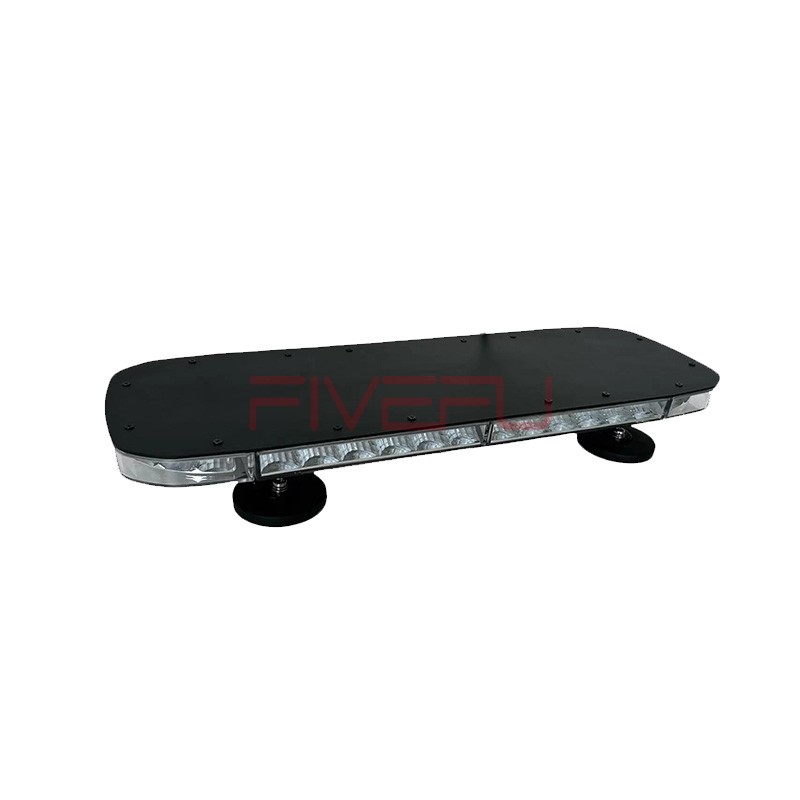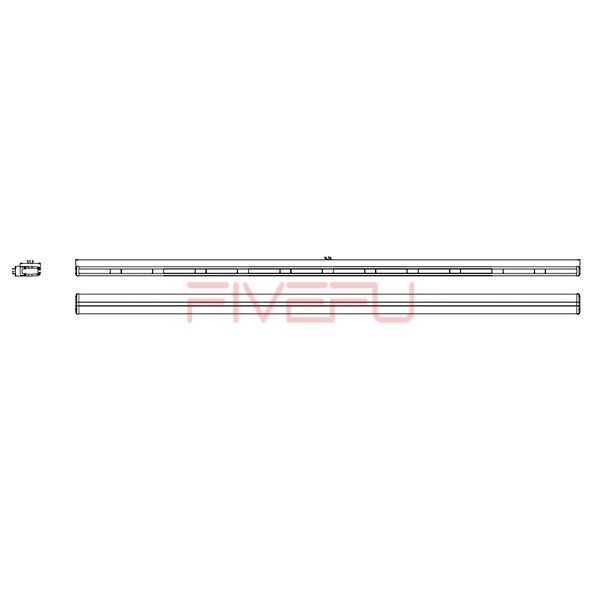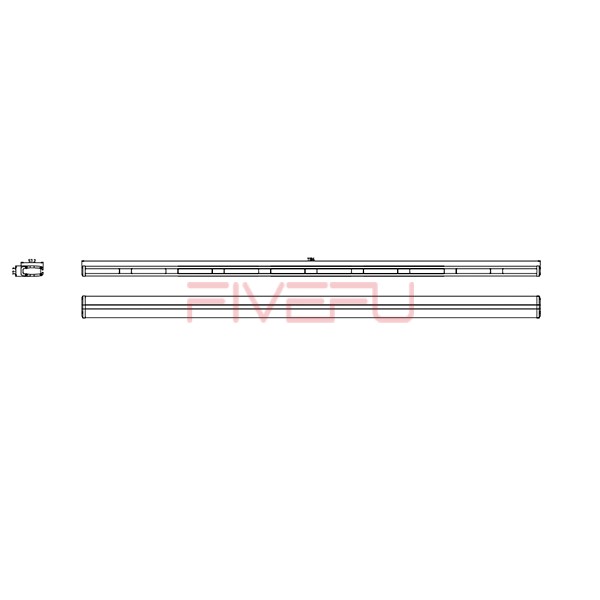Flashing lights aren’t just for police and ambulances—yet many drivers are left confused or even endangered when non-emergency vehicles use them inappropriately. Understanding their purpose ensures safer roads for all.
Non-emergency vehicles use flashing lights to indicate hazard, maintenance, or escort duties. These lights alert surrounding drivers to proceed with caution. Unlike emergency vehicles, their use is typically regulated and must not imply urgency or right-of-way.
Let’s explore when and why these lights are legally and safely used.
When Are Non-Emergency Flashing Lights Used?
Flashing lights on non-emergency vehicles serve a range of practical and safety-oriented purposes. Typically, they are installed on municipal, construction, utility, escort, or security vehicles that operate in situations where alerting other road users is necessary.
Some common scenarios include:
Roadside assistance or utility work: Vehicles parked on the side of the road may activate amber flashing lights to warn oncoming traffic of a hazard. For instance, tow trucks or cable maintenance vehicles often need to signal their presence during risky roadside work.
Slow-moving or oversized loads: Escort vehicles often use flashing lights—usually amber or yellow—to indicate that they are accompanying oversized loads or convoys, especially on highways. This helps other drivers prepare for limited visibility or lane restrictions.
Construction and maintenance vehicles: Vehicles working on or near roadways may activate flashing lights to alert nearby drivers to reduce speed and maintain caution.
The flashing lights do not grant the vehicle any special traffic privileges like those given to police or ambulances. Instead, they serve as a passive warning system.
What Colors Are Used—and Why Does It Matter?
Flashing light colors on non-emergency vehicles are highly regulated and vary by region, but certain color conventions are widely followed:
Amber/Yellow: Most common and universally accepted for non-emergency use. Seen on tow trucks, construction vehicles, and utility service vehicles.
White: Sometimes combined with amber for visibility in adverse weather or night conditions.
Green or Blue: Generally restricted to specific services or security-related functions, and may be regulated differently in each country or state.
Using the wrong color can lead to confusion or even legal penalties, as certain colors like red or blue may impersonate official emergency services.
Understanding these color codes helps avoid misinterpretation by other road users and ensures that non-emergency flashing lights serve their intended function: enhancing awareness, not creating panic or yielding unnecessary right-of-way.
Legal Framework for Non-Emergency Flashing Lights
Each jurisdiction has its own traffic regulations that govern the use of flashing lights by non-emergency vehicles. These rules help balance visibility and authority so that non-emergency vehicles do not misuse the implied urgency associated with flashing lights.
Here are some examples:
United States: The Federal Motor Carrier Safety Regulations (FMCSR) allow amber lights for maintenance and hazard vehicles but strictly regulate red and blue lights for emergency services.
UK: The use of amber lights is permitted on vehicles used for breakdowns, recovery, road maintenance, or vehicle escorts. Unauthorized use of blue flashing lights is illegal and considered impersonating emergency services.
Australia: Each state governs its own road rules. Typically, amber flashing lights are allowed for slow-moving or hazard vehicles, but misuse can result in fines or license demerits.
In any country, vehicles must ensure that the lights are used only when necessary, and continuously flashing lights when parked or driving under normal conditions is typically prohibited.
Do Flashing Lights Increase Road Safety?
Absolutely. When used correctly, flashing lights on non-emergency vehicles:
Improve visibility: Especially during fog, rain, or nighttime.
Reduce collision risks: By alerting others of stopped or slow-moving vehicles ahead.
Create awareness zones: Giving drivers enough time to slow down or change lanes.
However, overuse or misuse of flashing lights can cause desensitization, where other drivers no longer treat the lights as significant. Worse, mimicking emergency lighting can lead to confusion, traffic disruption, or accidents due to sudden or erratic responses by other drivers.
That’s why proper use, governed by strict operational guidelines, is essential.
Are There Limitations to Flashing Light Use?
Yes. Regulations typically impose restrictions such as:
Permissible conditions: Flashing lights can only be used during active duty or hazard scenarios.
Equipment standards: Lights must meet visibility and brightness thresholds.
Driver behavior: Use of lights does not exempt the vehicle from following road rules (e.g., stopping at red lights or yielding).
For fleet operators or business owners, misuse could result in fines, insurance complications, or brand reputation damage. For private users—such as farmers or contractors—it’s crucial to check regional laws before installing or activating any warning lights.
Who Can Equip Flashing Lights?
Generally, the following entities are allowed to equip non-emergency flashing lights (subject to regulation):
Road maintenance or construction companies
Tow truck operators
Utility companies
Escort service providers
Security patrol vehicles
Agricultural or slow-moving machinery operators (rural zones)
The vehicle must be registered for its specific use, and sometimes may require authorization or inspection to operate legally with lights installed.
Conclusion
Flashing lights on non-emergency vehicles are vital for safety but must be used responsibly and legally to avoid public confusion and legal issues.









